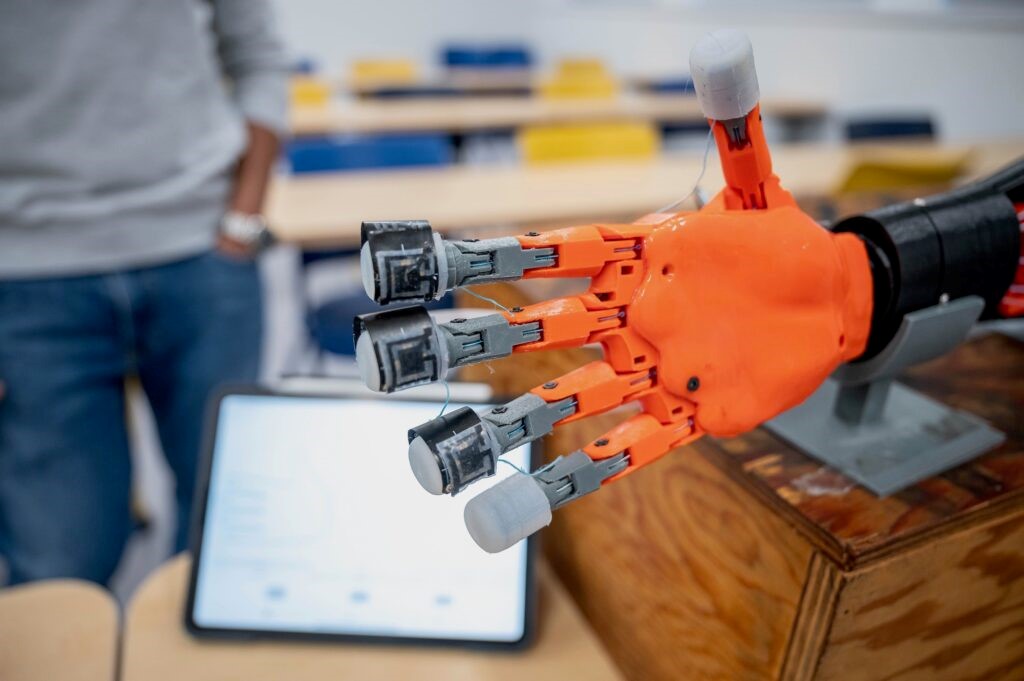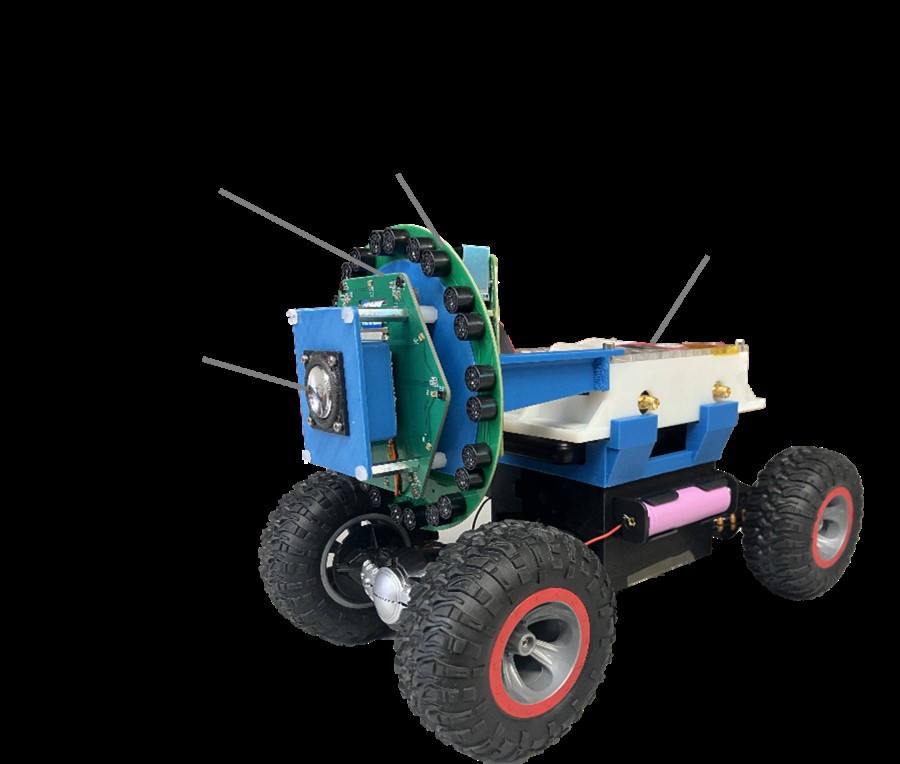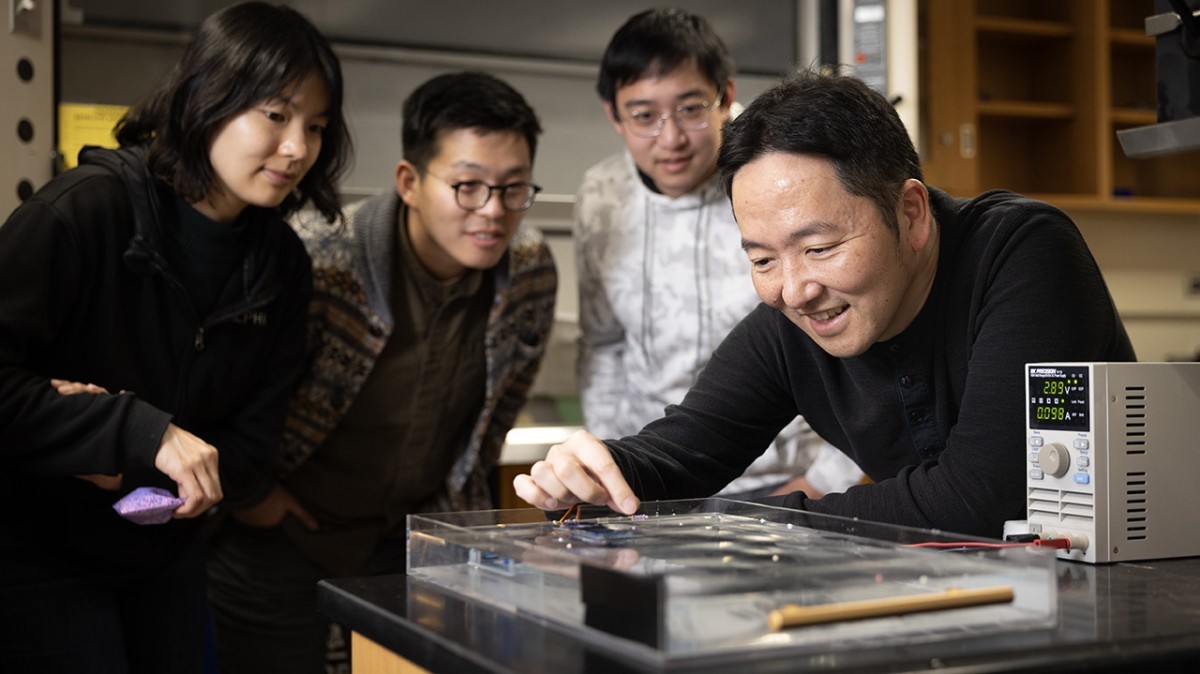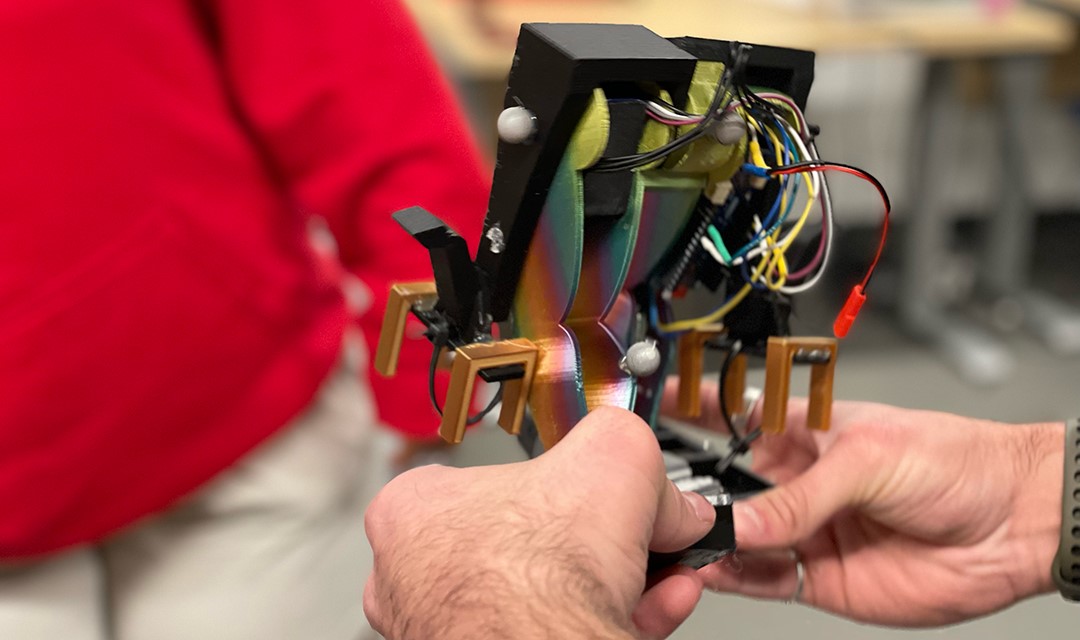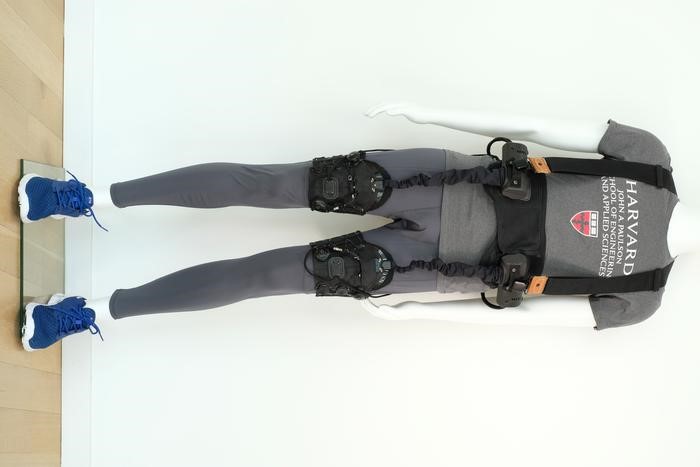Smart Materials Paving the Way for Medical Microrobots!
Are you ready for a glimpse into the future of medical procedures? Researchers at the University of Waterloo have opened a new chapter in the world of healthcare with their work on smart, advanced materials that will pave the way for a generation of soft medical microrobots.

Figure 1. Tiny Robot. (Credit: University of Waterloo)
Figure 1 shows a robot made from soft matter grabs its load and navigates through a maze.
Imagine tiny robots, no larger than a centimeter, navigating through the human body with precision, conducting minimally invasive medical procedures like biopsies and transporting delicate cargo such as cells and tissues to specific locations. These remarkable microrobots are not just an idea; they're here, and they're poised to revolutionize the field of medicine.
Led by Professor Hamed Shahsavan, an expert in the Department of Chemical Engineering and the director of the Smart Materials for Advanced Robotic Technologies (SMART-Lab), this research represents a holistic approach to designing, synthesizing, fabricating, and manipulating microrobots. The key to their innovation lies in the use of advanced hydrogel composites, which include sustainable cellulose nanoparticles derived from plants.
What sets these smart materials apart? Firstly, they are biocompatible and non-toxic, ensuring the safety of patients. But their most remarkable feature is the ability to change shape when exposed to external chemical stimulation. By controlling the orientation of cellulose nanoparticles, researchers can program shape changes, a fundamental element in creating functional soft robots.
Professor Shahsavan explains, "In my research group, we are bridging the old and new, introducing emerging microrobots by leveraging traditional soft matter like hydrogels, liquid crystals, and colloids."
Another outstanding feature of these materials is their self-healing property. This means that researchers can cut the material and seamlessly paste it back together, eliminating the need for adhesives to form different shapes for various medical procedures.
Moreover, the material can be modified with magnetism, enabling soft robots to move through the human body with ease. As proof of concept, researchers successfully navigated a tiny robot through a maze using a magnetic field, showcasing the potential for controlled movement within the body.
This research highlights the essential role of chemical engineers in pushing the boundaries of medical microrobotics. The interdisciplinary nature of this field combines elements of heat and mass transfer, fluid mechanics, reaction engineering, polymers, soft matter science, and biochemical systems. Professor Shahsavan emphasizes, "Tackling the many grand challenges in microrobotics requires the skill set and knowledge chemical engineers possess."
What's next for this revolutionary research? The team's goal is to scale down the robots to submillimeter sizes, bringing us one step closer to a future where medical procedures are performed with unprecedented precision and minimal invasiveness.
Collaborating with experts from various fields, including Professor Tizazu Mekonnen from the Department of Chemical Engineering at Waterloo, Professor Shirley Tang, Associate Dean of Science (Research), and Professor Amirreza Aghakhani from the University of Stuttgart in Germany, the University of Waterloo researchers are leading the charge towards a healthier and more advanced medical future. Stay tuned for what promises to be an exciting evolution in healthcare technology.
Source: University of Waterloo
Cite this article:
Hana M (2023), Smart Materials Paving the Way for Medical Microrobots!, AnaTechMaz, pp. 2




